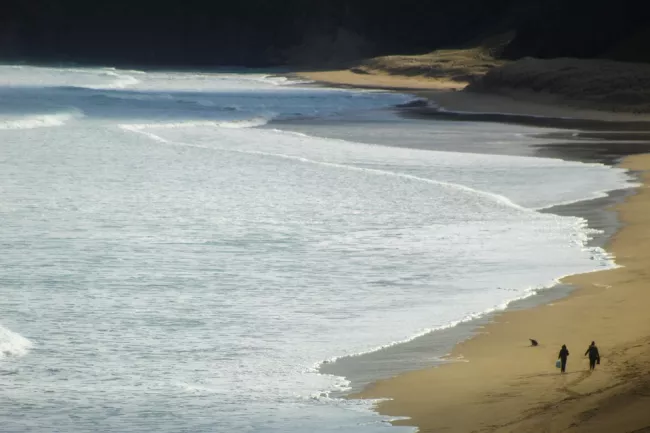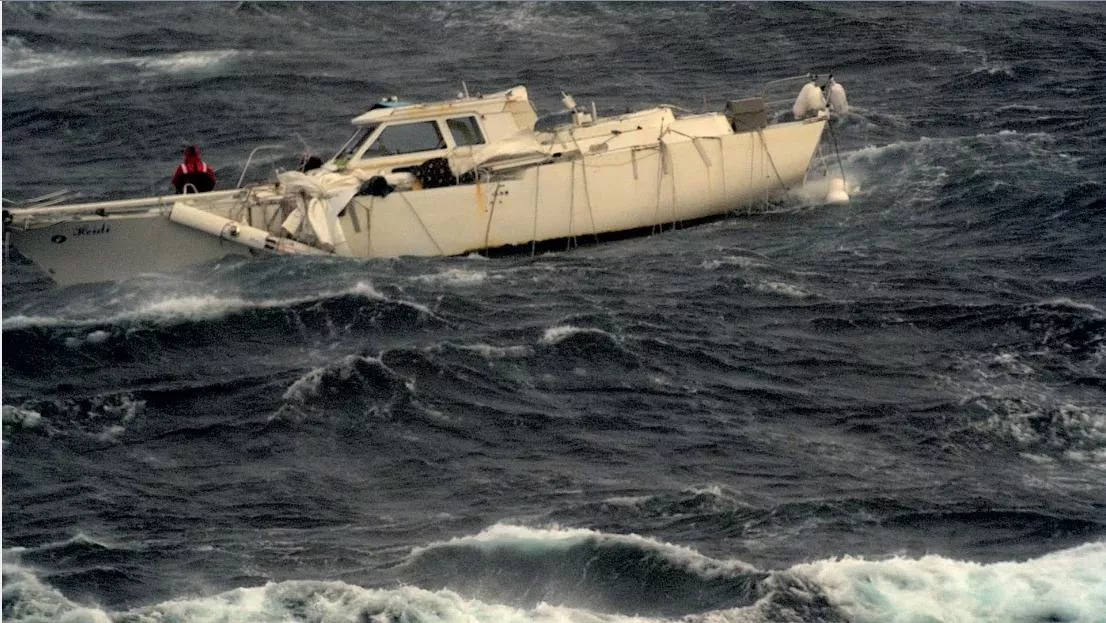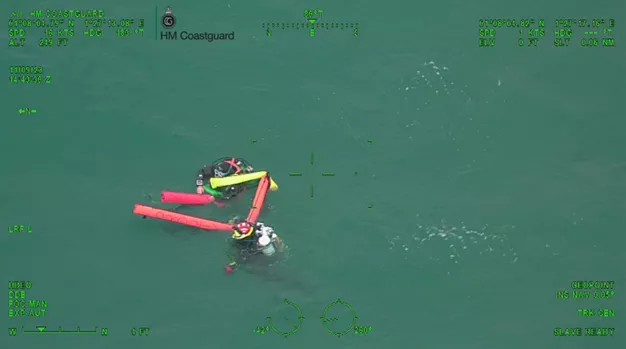The 25-year-old and his pug became trapped on the hard-to-access beach near Clovelly on Monday (23 January) shortly before 5pm, as the tide closed in around him and cut him off from safety.
The alarm was raised by a family member, who rang 999 and asked for the Coastguard, to report that the man had become cut off by the tide on Mouthmill Beach and was in danger.
The incident has sparked area commander Sam Wilson to issue a reminder to people of how quickly things can change at the coast.
Coastal Operations Area Commander Sam said: “He got caught out by some particularly big spring tides this month, it happens within minutes – one minute you are taking a nice walk along a beach and the next you realise the water has cut you off and you are in danger.
It can happen to anyone, and it can happen at any time, so just make sure you are ready if the worst does happen.
Always check tide times and, if possible, check where the water will reach at high tide. Some beaches disappear altogether. Always pay attention to local warning signs, as each area can have specific dangers.
“Take a fully charged mobile phone so you can call for help if you do end up in trouble.
“Call 999 and ask for the Coastguard.”
Bideford and Hartland Coastguard Rescue Teams were immediately sent but it was quickly determined that, due to the location, the Coastguard helicopter would be needed.
The Newquay helicopter crew were able to rescue both the man and dog off the beach to a place of safety, before Coastguard teams escorted him back to his vehicle.
Understanding tides – a short glossary
High tide means the water is in and the beach will be at its smallest/least exposed. Sometimes beaches disappear completely during high tide.
Low tide means the water is out and the level of water is at its lowest. This might mean a beach is entirely exposed or walkways become accessible. St Michael’s Mount is an example of this.
Spring and neap tides is the ebb and flow of tidal waters in the UK. Every two weeks or so the tide is at its highest – spring – or lowest – neap.
Some places experience mild changes between high and low tide whereas other spots see vast differences.
Remember: High tide and low tide are the turning points, but the water is always on its way in or on its way out. It is vital to know when these times are, to ensure you do not get caught out.
Estuaries are some of the UK’s most dangerous places to walk on, due to quicksand-like mud pits and the speed that the tide can come back in. This is known as a tidal bore or surge. The River Severn’s is the most famous tidal bore.



